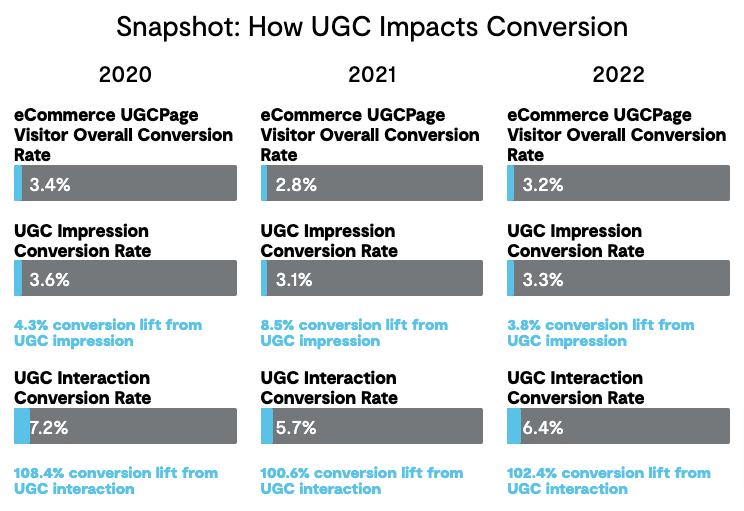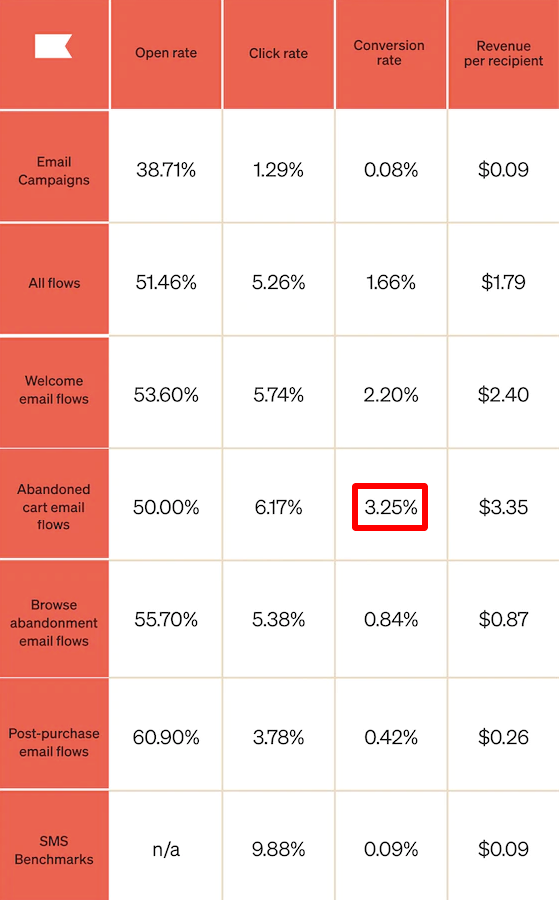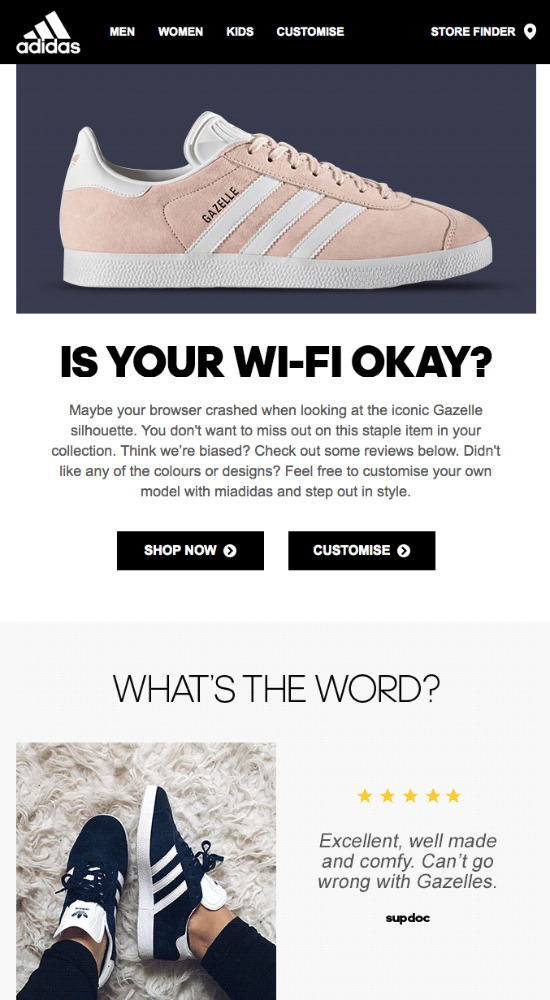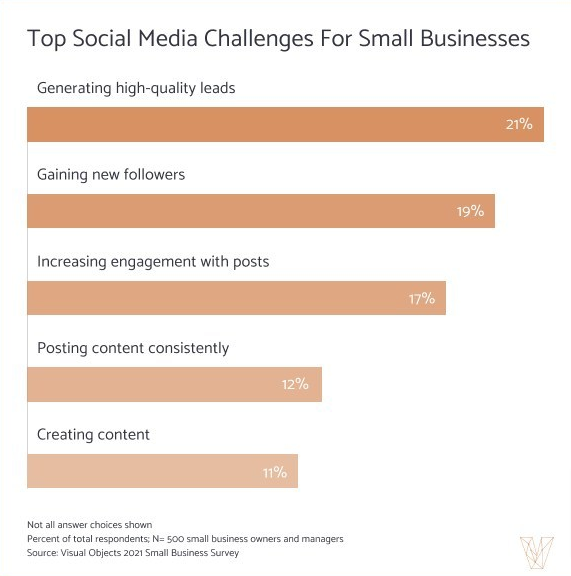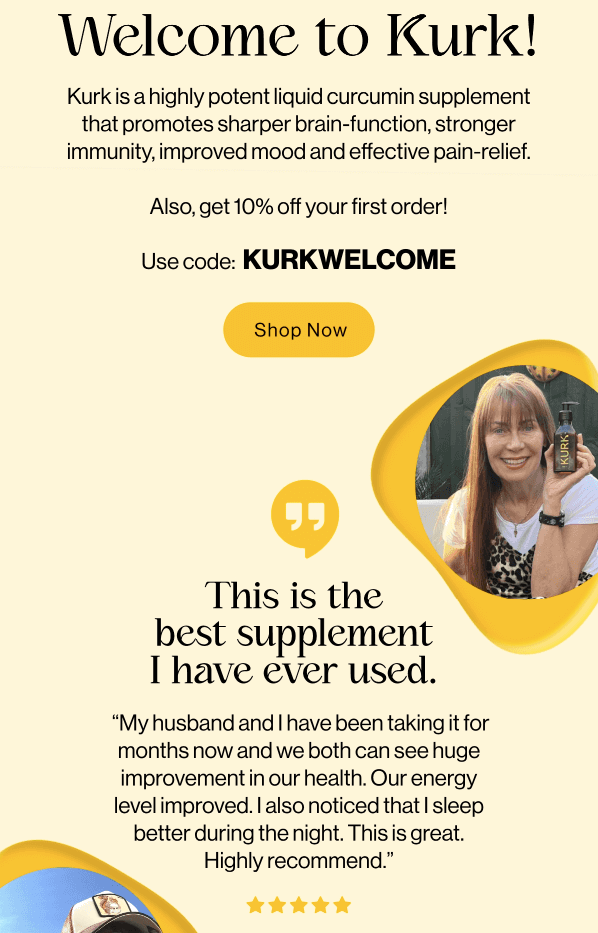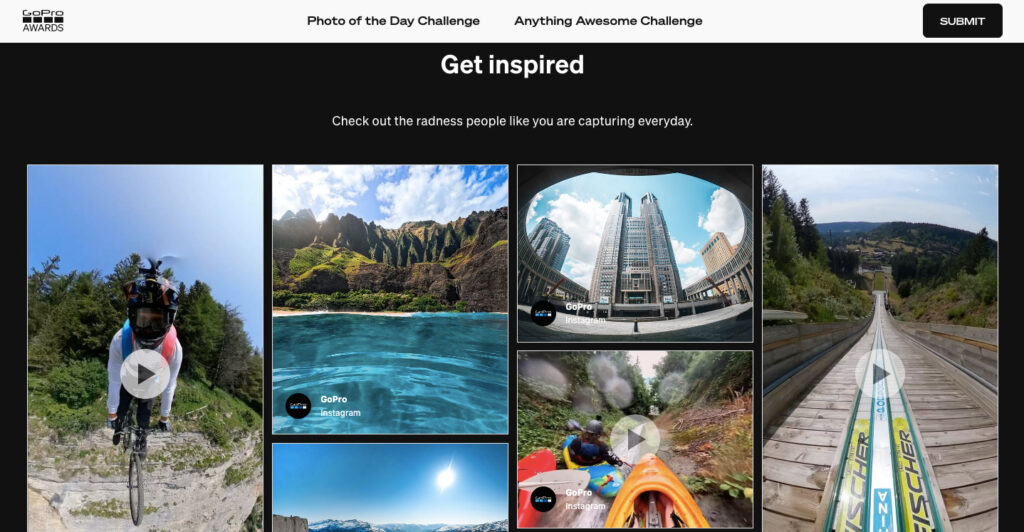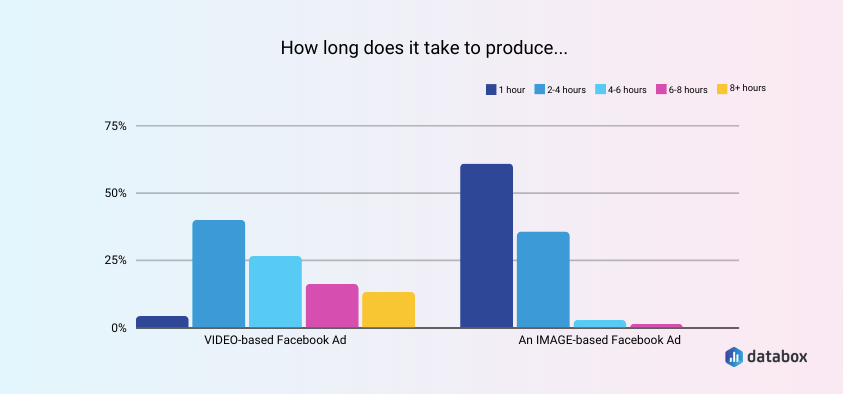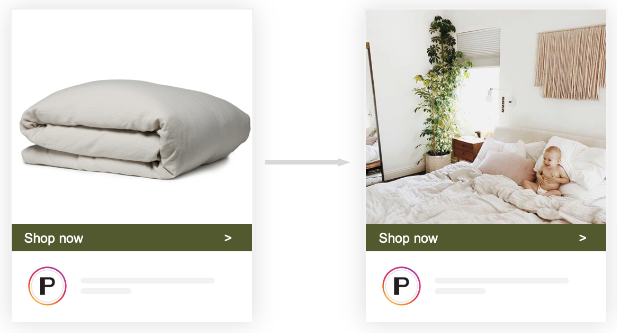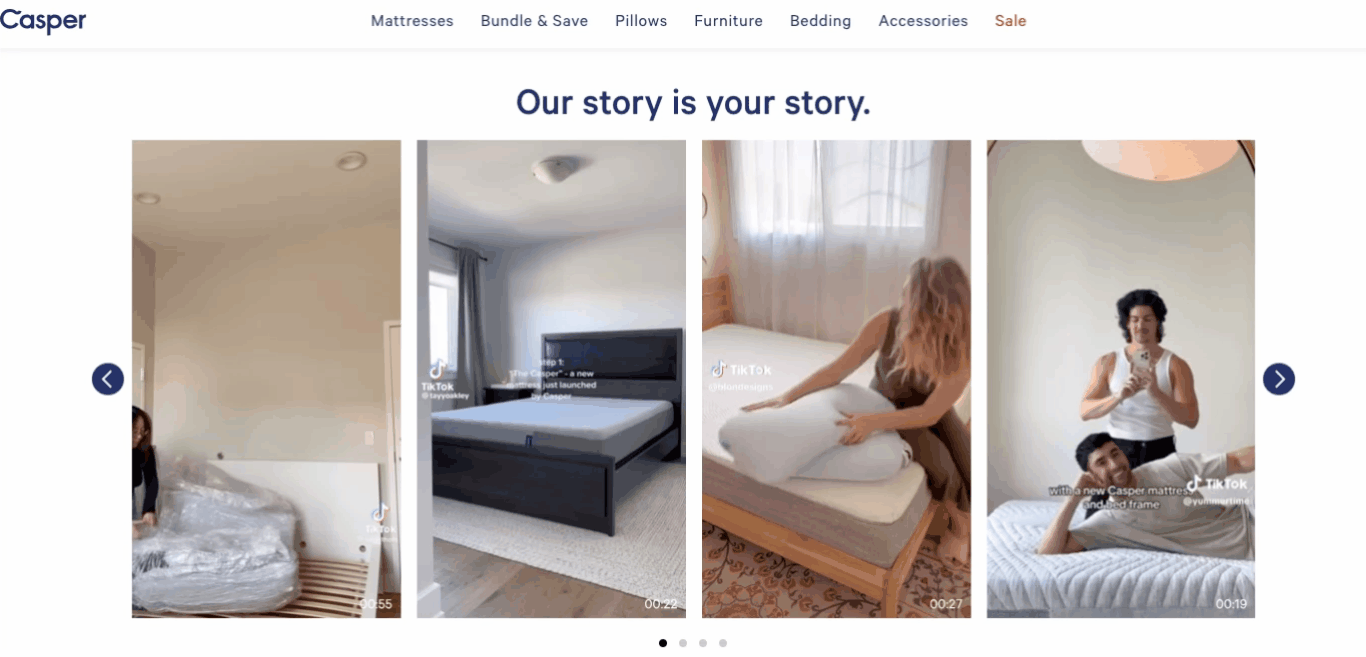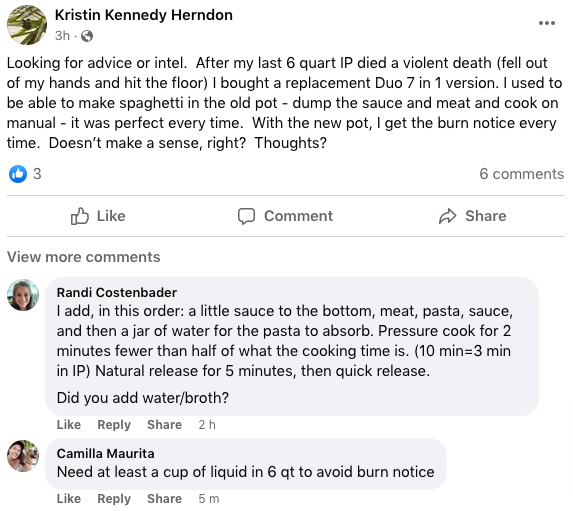Once primarily thought of as a marketing tactic for edgy brands, user-generated content (UGC) is quickly becoming a bigger and bigger element of content marketing strategies.
The focus on UGC is for a good reason; it improves customer satisfaction, helps brands understand their audience, provides a means for users to build community, and is inherently peer-reviewed, making it more trustworthy.
Indeed, 82% of consumers would be more inclined to buy from brands incorporating UGC in their marketing initiatives, with 86% saying they’re more likely to buy from brands that publish user-generated content — compared to just 12% who say the same about influencer content.
But more important than those reasons is the fact that UGC also has a big impact on the bottom line. According to PowerReviews, website visitors presented with user-generated content converted at a 3.8% higher rate in 2022, while users who interact with UGC are 102.4% more likely to convert than the average customer.
Modern content marketing includes a mix of brand-created content and curated content. By now, most marketers are comfortable with re-gramming from their fans (a healthy mix includes 25-30% of content sourced from fans) and have most likely developed a branded hashtag to know when and where to find this content.
But, marketers can do much more with UGC to drive engagement and sales. Here are 12 ways to incorporate your UGC beyond your Instagram account.
1. Your Email Campaigns
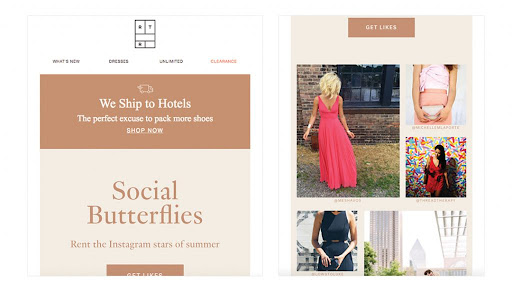
Across all industries, brands, and locations, the average email open rate is just 26.8%.
Moreover, three-quarters of consumers say their emails aren’t personalized to their needs.
User-generated content can help you solve both of those problems. Using content from actual users is helpful for consumers, allowing them to see how people use a product in real life in a relatable way.
Many brands build social proof by incorporating a hashtag feed into the footer of their email campaigns. This idea is a great start, but marketers can also incorporate UGC into the body of an email. Create a collage of images of the product paired with UGC that showcases the post-purchase moment of an actual consumer. Include a testimonial post caption from the customer if available. (Make sure to ask permission!)
UGC in email marketing works particularly well with messaging that focuses on the brand’s lifestyle, what’s trending, and promoting new releases.
2. Cart Abandonment Cart Campaigns
First things first, a confession:
Abandoned cart campaigns are another type of email campaign.
But even though we’ve already discussed emails, cart abandonment campaigns deserve mentioning separately. Why? Because they convert far better than any other email campaign type, per data from Klaviyo, with an average conversion rate of 3.25% — a mammoth 47% higher than the second-best performer:
As the name suggests, cart abandonment campaigns target shoppers who’ve added items to their shopping carts and bounced before completing the checkout process.
This happens far more often than you might think, with the Baymard Institute claiming the average cart abandonment rate is 70.19%. In other words, for every ten customers who add something to their online shopping cart, only three will buy there and then.
Any abandoned cart email is better than none at all. But for the best results, try adding user-generated content to your cart abandonment campaigns to show potential customers what they’re missing, just like Adidas does here:
Notice how the UGC review is for the same product the email recipient abandoned in their shopping cart, making this email even more persuasive.
3. To Welcome New Subscribers
New leads are worth their weight in gold. Indeed, generating quality leads is regularly recognized as one of the biggest social media marketing challenges.
So once you’ve captured a potentially valuable lead, starting the relationship on the right foot is in your best interest.
One of the most effective ways to do this is by sharing user-generated content with new subscribers to your email marketing list, just like the health supplements brand Kurk does in this welcome email:
UGC, in the form of customer testimonials, is a valuable addition to any welcome email because it highlights the features and benefits of your products and services without sounding too salesy. The last thing you want is to pressure new leads into buying before they’re ready — you’ll just end up scaring them off.
This approach combines well with an introductory discount (or some other type of promotion). If your user-generated content convinces new customers that your product is right for them, the discount gives them a clear reason to purchase now.
4. In-Store Collateral
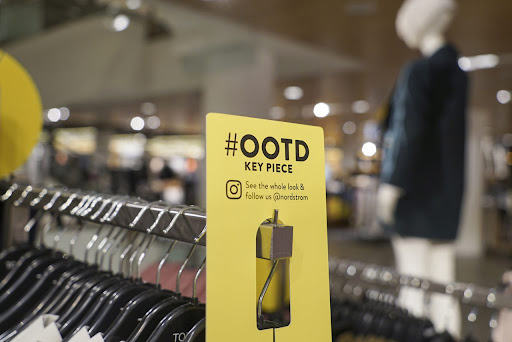
Once you have a branded hashtag, make sure to promote it everywhere. The more it gets out there and seen by customers, the more likely they’ll use it. Include a postcard with UGC and your hashtag in every purchase that encourages customers to share their pictures. For e-commerce brands, this can be a great part of the customer unboxing experience.
It is often enough of an incentive just to offer the chance for customer’s photos to be featured, but small discounts or contests in exchange for posting are a great way to build up even more hype.
Nordstrom used the hashtag #OOTD for its users to share what they wore from the store’s anniversary sale. Signage promoting the hashtag was plastered everywhere in bold yellow so customers couldn’t miss it. Nordstrom posted the images on social media, shared them on the Nordstrom website, and incorporated them into store displays for true omnichannel marketing.
5. Product Detail Pages
We already know that UGC influences purchase decisions, so why not add it to the page where those decisions get made? Web plugins like Bazaarvoice offer a simple way to add a gallery of all your UGC to your website.
If robust platforms are beyond your budget, you can add the image from your customer as a secondary image (use a creative tool like Canva to add their handle to the image so customers know it’s UGC).
Product reviews are also a great way to incorporate peer recommendations, especially when they upload a photo with their review, allowing people to see the product on an actual customer while deciding to buy. Eighty-nine percent of customers not only value online reviews but actively seek them out before making a purchasing decision.
Make it easy for your customers to get to the next step in the customer journey by putting UGC and reviews on the same page as the product they are shopping for.
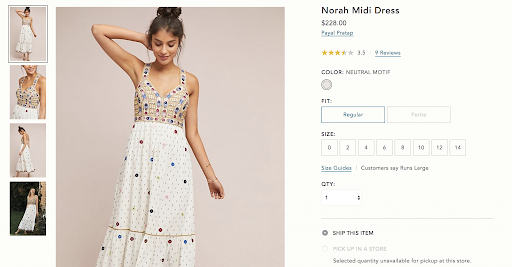

6. Posts From Micro-Influencers
Influencers are a great source of UGC because you can develop relationships with individuals who create content that suits your brand. We always recommend developing longer-term partnerships with micro-influencers that have a genuine affinity for your brand and are more likely to act as an ambassador (talking about your brand on- and offline) rather than relying on a single post to drive action.
Sorel, for example, looks to UGC to identify influencers from their audience who have a genuine connection to the brand. They then contact those individuals to partner with them on long-term campaigns. Remember to nurture these relationships and allow them to select the product they want to promote whenever possible.
7. Dedicated Landing Pages
Generating a consistent stream of user-generated content takes a whole heap of time and effort. So, once you’ve put in the hard yards and started to reap the rewards, why would you leave all that valuable content on your Instagram feed?
Remember, website visitors who see user-generated content are more likely to convert. Creating a dedicated landing page to house all that valuable content makes sense.
Action camera brand GoPro is aware of the importance of UGC. It runs an always-on photo-of-the-day challenge for customers to share the best snaps taken on their GoPro devices, and it shares the best of the best on Instagram and this landing page:
8. Paid Ad Campaigns
We all know video ads are effective. Two-thirds of marketers agree that Facebook video ads generate more clicks than image-based ads.
But it’s not quite as simple as that.
Video ads are effective, but they take significantly longer to produce. Most marketers say they only need up to an hour to create an image ad, whereas only a few say the same about video ads.
This means you might feel you don’t have the bandwidth or budget (or both) to invest in video advertising.
Once again, user-generated content offers a solution. Rather than spending a ton of time and money on your next ad campaign, just promote your best UGC videos.
To be clear, this isn’t just a quick-and-dirty tip for tiny brands that need results fast. Some of the biggest brands on the planet put user-generated content front and center in their ad campaigns, such as this example from Peloton:
It’s hardly surprising when you consider how effectively UGC transforms browsers into paying customers.
Another advertiser to realize the benefits of user-generated content is Parachute, a direct-to-consumer bedding and bath brand.
It encourages customers to share lifestyle imagery featuring Parachute products. As you’d expect, the brand reshares the best content through its social channels.
View this post on Instagram
It also uses UGC in retargeting ad campaigns, giving would-be customers a more authentic feel for how their home could look if they’d only invest in a new Parachute duvet cover.
This approach saves Parachute the time and money needed to capture its own ad creatives.
But it’s not just about generating efficiencies. User-generated content performs far better than brand-generated content. According to Bazaarvoice, Parachute’s UGC retargeting ads produce a 35% higher click-through rate and a 60% lower cost per click than regular ads.
As Luke Droulez, the brand’s former CMO, explained: “We’ve seen that our customers have a higher propensity for clicking on and engaging with rich UGC imagery than traditional product-centric imagery.”
9. Homepage Reviews & Testimonials
We’ve already spoken about the benefit of adding customer reviews to your product pages.
But why stop there?
Reviews and testimonials are so powerful that it’s well worth adding them to even more prominent parts of your website. That’s why mattress brand Casper features UGC on its homepage, showcasing some of its most glowing customer reviews.
They also share video testimonials created by users on TikTok:
This strategy is beneficial for brands selling high-ticket items or products with a lengthy consideration period — in short, the type of stuff consumers need a little convincing to purchase.
10. Answer Buyers’ Questions
Chances are prospective customers have questions about your products — how they work, what they look like “IRL,” and whether they’re appropriate for specific use cases.
You could answer all those questions yourself. But, given that consumers often prefer to get their information from people rather than brands, it might be wiser to hand over the responsibility to your customers.
Amazon is a master of this.
If you’ve ever spent any time researching products on the e-commerce marketplace, you’ll know that Amazon’s product pages contain customer Q&A sections full of user-generated questions and answers:
These real human responses feel much more persuasive and trustworthy than your typical marketing copy.
And, of course, if your customers are happy to answer these types of questions, you don’t have to do it yourself. That’s a huge time-saver.
11. Customer Support
You might be thinking: “Why would my customers take the time to help other customers solve their problems? Isn’t that my customer support team’s job?”
Only some brands have the luxury of relying on user-generated content to provide customer support. But it becomes a viable strategy if you’ve built a committed online community full of people who love your product and enjoy sharing their experiences with like-minded users.
Just take a look at this example from kitchen appliance brand Instant Pot, which has created a highly active Facebook group full of people who love posting recipe inspiration and offering tips on how to get the most out of various Instant Pot products:
The group even features permanent links to evergreen content created by various community members, offering a wealth of material for customers looking for Instant Pot tips and hacks.
12. Showcase Your Employees
When we speak about user-generated content, we typically refer to quotes, images, and videos created by your customers.
But your employees can be “users,” too. They might have hands-on experience using your product every hour of their working life and can be another valuable source of UGC.
For instance, Salesforce leverages user-generated content — or should that be employee-generated content — to promote its in-person conferences and events:
Like any other type of UGC, this strategy has twin benefits: it saves your marketing team from creating their own content from scratch and it makes you look more authentic because audiences love hearing from real people rather than faceless brands.
UGC: A Trend That’s Here to Stay
UGC may be a trend, but as authenticity becomes more and more important to consumers, it will stick around for quite some time. Customers are already posting about your brand on social, so brands should leverage those conversations.
Re-share user images already out there; customers love this recognition and engagement. Then, launch a campaign that encourages and inspires customers to take more photos and share them with you. Incorporate this campaign beyond social and into your email, website, and print campaigns. Give photo credit to the owner by mentioning and tagging them, and ensure that any photo you share fits your brand aesthetic. Once users get a sense of the quality of content that gets featured, they’ll take the hints and start producing on-brand content for you!


